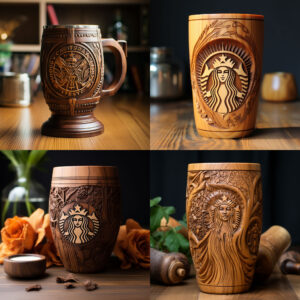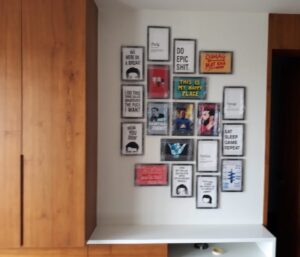Introduction:
Navigating indoor spaces can sometimes be a daunting task, especially in large facilities like airports, hospitals, or shopping malls. However, well-designed wayfinding signage can make a significant difference in enhancing user experience and reducing confusion. In this blog post, we will explore ten important considerations to keep in mind when creating indoor wayfinding signage.
Clear and Concise Information:
When it comes to signage, simplicity is key. Keep the messaging clear, concise, and easily comprehensible at a glance. Use straightforward directions and avoid clutter that could overwhelm the reader. Remember, people are often in a hurry and need quick, actionable information.
Consistent Design:
Consistency is crucial in creating a seamless wayfinding system. Maintain a uniform design language throughout the facility, including colors, fonts, and symbols. A cohesive visual identity will help users recognize and associate the signage with the intended purpose, fostering a sense of familiarity and ease.
Visibility and Legibility:
Visibility is paramount for effective wayfinding. Ensure that the signage is easily visible and legible from a distance. Choose appropriate font sizes and consider lighting conditions to optimize visibility. Proper contrast between text and background can also enhance legibility.
Iconography:
Icons and symbols can transcend language barriers and communicate information quickly. Utilize universally recognized symbols for commonly used facilities such as restrooms, exits, elevators, and more. Incorporating intuitive icons reduces the need for excessive text and enhances user comprehension.
Directional Arrows:
Guide users along the correct path by incorporating directional arrows. Arrows are particularly useful at decision points, intersections, or when multiple routes lead to a destination. Clear, well-placed arrows can alleviate confusion and streamline navigation.
Consistent Placement:
Consistency in signage placement creates a predictable flow for users. Position signs at regular intervals and in prominent locations, such as eye level, to ensure easy visibility. Users should feel confident that they will encounter signage consistently throughout their journey.
Braille and Tactile Signage:
Inclusivity should be a priority when designing indoor wayfinding systems. Implement Braille and tactile signage to support individuals with visual impairments. Including raised lettering and Braille translations will ensure that everyone can access the necessary information.
Pictograms and Maps:
Visual maps and floor plans can provide an overview of the facility’s layout and highlight key destinations. Incorporate easy-to-understand pictograms and landmarks to aid in orientation. Users can quickly grasp their current location and identify the most efficient routes to their desired destinations.
Multilingual Considerations:
In an increasingly globalized world, accommodating diverse populations and international visitors is crucial. Incorporate multilingual signage to cater to different language preferences. Offering translations in commonly spoken languages will help ensure that everyone can navigate the space comfortably.
Consistent Signage Updates:
Lastly, maintaining the accuracy and relevance of your signage system is essential. Regularly update and maintain the signage to account for any changes in the facility’s layout, temporary closures, or renovations. Outdated or incorrect signage can cause confusion and frustration among users.
Conclusion:
Designing effective indoor wayfinding signage requires thoughtful consideration of various factors. By keeping the information clear, utilizing symbols and icons, ensuring visibility and legibility, and considering inclusivity, you can create a seamless navigation experience for users. Remember, consistency and regular updates are key to ensuring the longevity and effectiveness of your wayfinding system. By implementing these ten considerations, you can transform the indoor navigation experience and make it more user-friendly for all.







